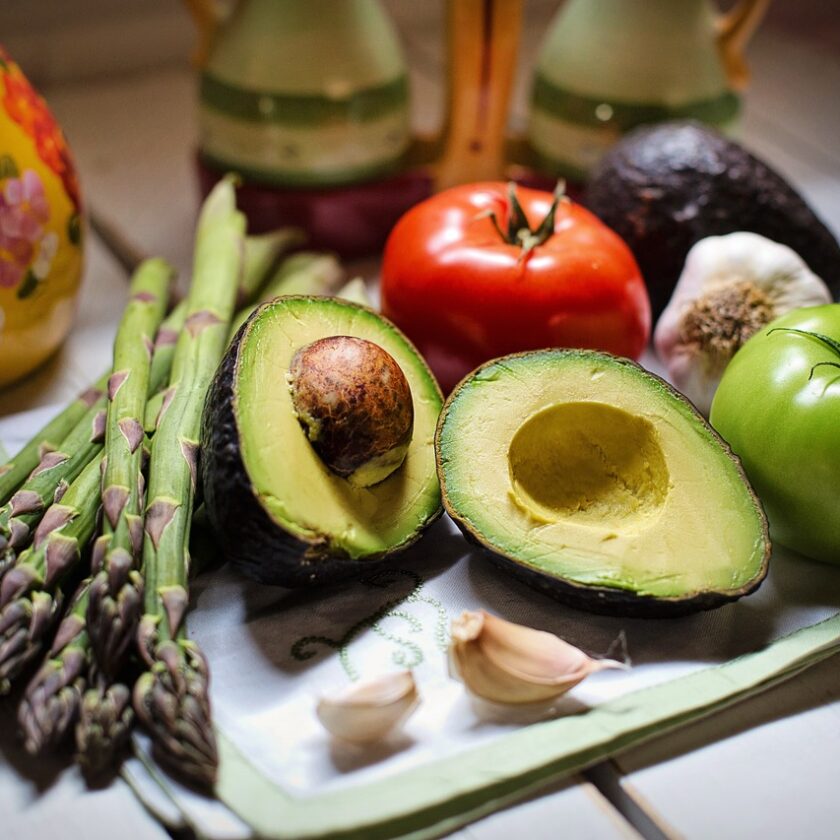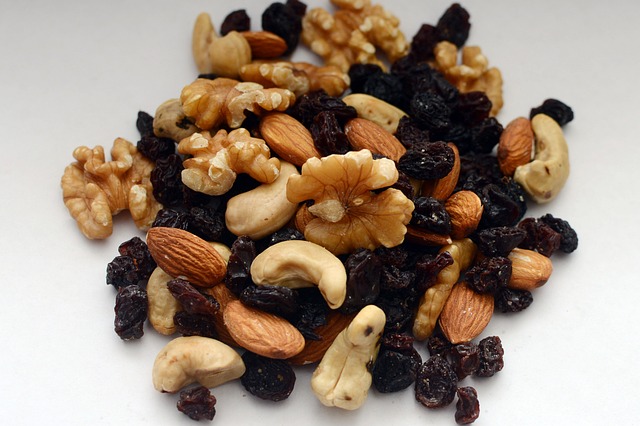In today’s fast-paced world, where convenience often overshadows nutrition, mastering the art of crafting balanced meals is essential for promoting our overall health and well-being. A balanced meal isn’t just about filling our stomachs; it’s about nourishing our bodies with the essential nutrients they need to thrive. In this comprehensive guide, we will delve into the principles of balanced nutrition, explore the science behind meal composition, and provide practical tips for creating meals that are both delicious and nutritious.

Understanding Balanced Nutrition
Balanced nutrition involves consuming a variety of nutrients in appropriate proportions to support our overall health.. These essential nutrients comprise macronutrients such as carbohydrates, proteins, and fats, alongside micronutrients such as vitamins and minerals. Here’s a detailed breakdown of each component:
1. Carbohydrates
– Carbohydrates are the body’s primary source of energy and are found in foods like grains, fruits, vegetables, and legumes.
– Opt for complex carbohydrates such as whole grains (brown rice, quinoa, oats), fruits (berries, apples, bananas), vegetables (leafy greens, broccoli, sweet potatoes), and legumes (beans, lentils, chickpeas).
– These complex carbohydrates provide a steady release of energy and are rich in fiber, vitamins, and minerals.
2. Proteins
– Proteins are essential for muscle repair, growth, and maintenance, as well as for supporting immune function and hormone synthesis.
– Include lean sources of protein such as poultry (chicken, turkey), fish (salmon, tuna), lean cuts of beef or pork, tofu, tempeh, legumes (beans, lentils), eggs, and dairy products (Greek yogurt, cottage cheese).
– Aim to include protein in every meal to promote satiety and support muscle health.

3. Fats:
– Healthy fats are crucial for brain function, hormone production, and the absorption of fat-soluble vitamins (A, D, E, K).
– Incorporate sources of unsaturated fats such as avocados, nuts (almonds, walnuts), seeds (chia seeds, flaxseeds), olive oil, fatty fish (salmon, mackerel, sardines), and olives into your diet.
– Limit saturated and trans fats found in processed foods, fried foods, and fatty meats, as these fats can increase the risk of heart disease and other health problems.
4. Vitamins and Minerals:
– Vitamins and minerals are essential for various physiological functions, including metabolism, immune function, bone health, and antioxidant defense.
– Consume a wide variety of fruits, vegetables, whole grains, lean proteins, and dairy or dairy alternatives to ensure an adequate intake of vitamins (vitamin A, vitamin C, vitamin D, vitamin E, vitamin K) and minerals (calcium, iron, magnesium, potassium, zinc).
– Aim to eat a rainbow of colorful fruits and vegetables to benefit from a diverse array of nutrients and phytochemicals.

Crafting Balanced Meals
Creating a balanced meal involves combining these essential nutrients in appropriate proportions to support our health and well-being. Here’s a detailed guide to crafting balanced meals:
1. Start with Vegetables
– Vegetables should form the foundation of every meal, comprising at least half of your plate.
– Choose a variety of colorful vegetables, including leafy greens (spinach, kale), cruciferous vegetables (broccoli, cauliflower), root vegetables (carrots, beets), bell peppers, tomatoes, cucumbers, and squash.
– Vegetables are rich in fiber, vitamins, minerals, and antioxidants, and help promote satiety while adding flavor, texture, and color to your meals.
2. Add Protein
– Include a source of lean protein in each meal to support muscle health, satiety, and overall nutrition.
– Choose lean protein sources such as skinless poultry (chicken, turkey), fish (salmon, tuna), seafood (shrimp, scallops), lean cuts of beef or pork, tofu, tempeh, edamame, legumes (beans, lentils, chickpeas), eggs, and low-fat dairy or dairy alternatives (Greek yogurt, cottage cheese, soy milk).
– Aim to include a palm-sized portion (about 3-4 ounces) of protein in your meal.
3. Incorporate Carbohydrates
– Select complex carbohydrates that are rich in fiber, vitamins, and minerals, and provide sustained energy.
– Choose whole grains such as brown rice, quinoa, barley, farro, oats, whole wheat pasta, and whole grain bread.
– Include starchy vegetables like sweet potatoes, winter squash, peas, and corn.
– Incorporate legumes such as beans, lentils, chickpeas, and edamame.
– Limit refined carbohydrates like white bread, white rice, sugary cereals, and processed snacks, which are low in nutrients and can cause blood sugar spikes and crashes.

4. Include Healthy Fats
– Add a source of healthy fats to your meal to enhance flavor, promote satiety, and support heart health.
– Choose sources of unsaturated fats such as avocados, nuts (almonds, walnuts, pistachios), seeds (chia seeds, flaxseeds, pumpkin seeds), olive oil, canola oil, fatty fish (salmon, mackerel, sardines), and
olives.
– Use these healthy fats in moderation to avoid excessive calorie intake.
5. Flavor with Herbs and Spices
– Enhance the flavor of your meals with herbs, spices, and seasonings instead of relying on salt, sugar, or unhealthy condiments.
– Experiment with a variety of herbs such as basil, cilantro, parsley, mint, dill, thyme, rosemary, oregano, and sage.
– Explore different spices like garlic powder, onion powder, cumin, coriander, paprika, chili powder, turmeric, cinnamon, nutmeg, and ginger.
– Use citrus juices (lemon, lime, orange) and vinegar (balsamic vinegar, apple cider vinegar) to add brightness and acidity to your dishes.

Practical Tips for Meal Planning:
To make meal planning easier and more efficient, consider the following tips:
1. Plan Ahead:
– Set aside time each week to plan your meals, taking into account your schedule, dietary preferences, and nutritional goals.
– Create a meal plan and grocery list to ensure you have everything you need for the week ahead.
– Choose recipes that are balanced, flavorful, and easy to prepare, and consider batch cooking or meal prepping to save time and effort.
2. Shop Smart:
– Stick to your grocery list to avoid impulse purchases and unnecessary spending.
– Shop the perimeter of the grocery store where fresh produce, lean proteins, and dairy products are typically located, and avoid the inner aisles where processed and packaged foods are found.
– Consider shopping at local farmers’ markets or joining a community-supported agriculture (CSA) program to access fresh, seasonal produce and support local farmers.

3. Prep in Advance
– Wash, chop, and prep fruits, vegetables, and proteins ahead of time to streamline meal preparation during the week.
– Cook grains, beans, and other batch-cooking ingredients in large quantities and portion them out for quick and easy meals.
– Use time-saving kitchen gadgets and appliances such as a slow cooker, Instant Pot, or air fryer to make meal preparation more efficient.
Conclusion
Creating balanced meals is essential for promoting our overall health and well-being. By understanding the principles of balanced nutrition and following practical tips for meal planning and preparation, we can nourish our bodies with delicious and nutritious meals that support our health goals. So, the next time you’re in the kitchen, remember to prioritize balance and create meals that fuel your body, delight your taste buds, and nourish your soul.













